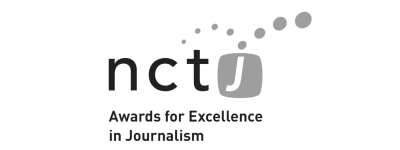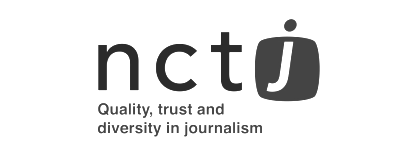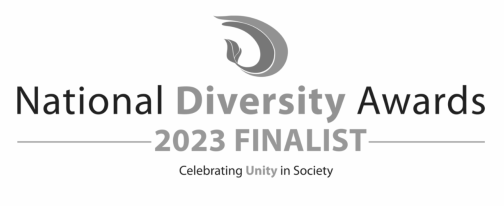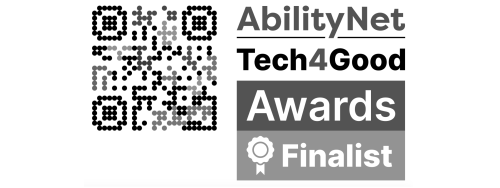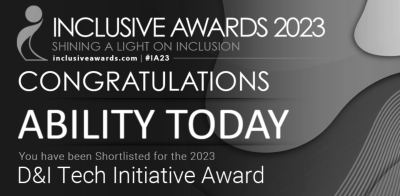Climate change, as described by the Intergovernmental Panel on Climate Change (IPCC), involves changes in climate over time due to either natural fluctuations or human-induced causes. Its extensive effects span across all regions globally, inflicting serious, often irreversible damage to ecosystems and human societies. This phenomenon particularly affects poorer countries and marginalized groups, such as those who rely heavily on natural resources and lack the means to adapt to climate changes.
Among the most at-risk within these groups are persons with disabilities. They encounter significant hurdles due to societal and systemic obstacles, including limited access to essential services and exclusion from opportunities necessary for their well-being and resilience. The World Report on Disability shows that over 20% of the world’s poorest people have disabilities, and 82% of those with disabilities in developing countries live below the poverty line. These statistics highlight the dire situation for the majority of the world’s disabled population in developing countries, who face combined challenges due to low socioeconomic status and restricted access to education, healthcare, and employment.
The intersection of disability and climate vulnerability poses urgent challenges. Individuals with disabilities experience heightened risks from climate-related hazards due to obstacles such as inaccessible infrastructure and communication barriers, which hinder their ability to prepare for, respond to, and recover from climate emergencies. International agreements like the Convention on the Rights of Persons with Disabilities (CRPD) emphasize the need to safeguard the rights and well-being of disabled individuals during dangerous situations, including natural disasters, particularly in Article 11. Likewise, Sustainable Development Goal 13 calls for urgent action to combat climate change and its impacts.
In Nepal, a country that has been a member of the United Nations Framework Convention on Climate Change (UNFCCC) since 1994, addressing the intersection of climate change and disability rights is critical. Nepal’s geographical location and socioeconomic difficulties heighten its risk for climate-related dangers. Therefore, understanding and adopting effective strategies to support persons with disabilities amid climate change is both an ethical duty and a key step toward ensuring the country’s resilience and sustainability.
Persons with disabilities face various challenges that intensify their vulnerabilities and limit their capacity to cope with and adjust to environmental crises. One major issue is their exclusion from emergency preparedness and response plans. These plans often overlook the diverse needs of people with disabilities, leaving them without adequate support in times of crisis. For instance, evacuation procedures may neglect mobility challenges or communication barriers, potentially leaving disabled individuals stranded and at risk.
Another barrier is the lack of awareness among community members regarding the rights and needs of persons with disabilities, leading to discrimination and social stigma. This barrier prevents the meaningful inclusion of persons with disabilities in climate change adaptation (CCA) and disaster risk reduction (DRR) measures, as community support and understanding are vital for successful participation.
Additionally, individuals who rely on assistive devices like wheelchairs or hearing aids risk losing or damaging these critical tools when forced to evacuate quickly, further compromising their independence and safety.
Limited access to workplaces and livelihoods suited to the specific needs of persons with disabilities poses another challenge. This lack of accessibility hampers their ability to sustain themselves financially and fully engage in society.
The exclusion of persons with disabilities from governmental and civil society platforms restricts their ability to express their specific needs and concerns. This absence prevents them from influencing policies and practices that directly affect their lives, perpetuating a cycle of marginalization. Additionally, early warning messages that are not inclusive or accessible fail to provide essential information to persons with disabilities, placing them at greater risk during emergencies.
The intersectionality of disability and gender compounds the difficulties faced by women and girls with disabilities during climate crises. Reports, such as the one by Handicap International on persons with disabilities and climate change in Nepal, emphasize the increased risks of violence and discrimination experienced by this marginalized group during environmental disturbances. Despite these clear challenges, the report also highlights the systemic barriers that obstruct meaningful participation of individuals with disabilities in climate governance and decision-making.
The findings from the report reveal a notable lack of inclusive climate governance, with most persons with disabilities excluded from discussions and decision-making processes. Even when efforts are made to include individuals with disabilities, these often seem tokenistic and fail to address systemic barriers that hinder their meaningful participation. Limited access to knowledge, training opportunities, and structural support perpetuates this exclusion, making disability inclusion in climate action a secondary concern compared to other human rights issues.
The CBM Australia report outlines further challenges faced by persons with disabilities due to climate change, including declining food security, limited access to clean water and sanitation, and increasing displacement. These issues add to the vulnerabilities of persons with disabilities, affecting their quality of life and overall well-being.
To tackle these challenges, several recommendations have been proposed:
Meaningful participation of persons with disabilities and their representative organizations at all levels of climate change policymaking and planning is essential. This includes ensuring the accessibility of information and venues, building partnerships with Organizations of Persons with Disabilities (OPDs), and addressing misconceptions about disability within government.
Inclusive capacity-building activities on climate change and response, as well as data disaggregation by disability, gender, and age, are critical for targeted interventions. Moreover, strategic partnerships with climate action and justice groups can promote cross-learning and strengthen advocacy and inclusion efforts.
In conclusion, addressing the intersection of disability and climate change is a pressing challenge that requires urgent attention from global policymakers, particularly in vulnerable regions such as Nepal. By integrating inclusive practices into emergency preparedness and climate adaptation strategies, governments and organizations can better support persons with disabilities in managing and overcoming the challenges they face. This includes prioritizing their inclusion in planning, decision-making, and implementation processes to ensure equitable access to resources and opportunities. Taking a proactive approach to disability inclusion not only upholds ethical standards and human rights but also strengthens the overall resilience and sustainability of communities as a whole.
As the world grapples with the impacts of climate change, it is imperative to address these compounded vulnerabilities to create a more just and inclusive future for all.
Written by Jalasa Sapkota, writer, researcher and disability rights activist.


